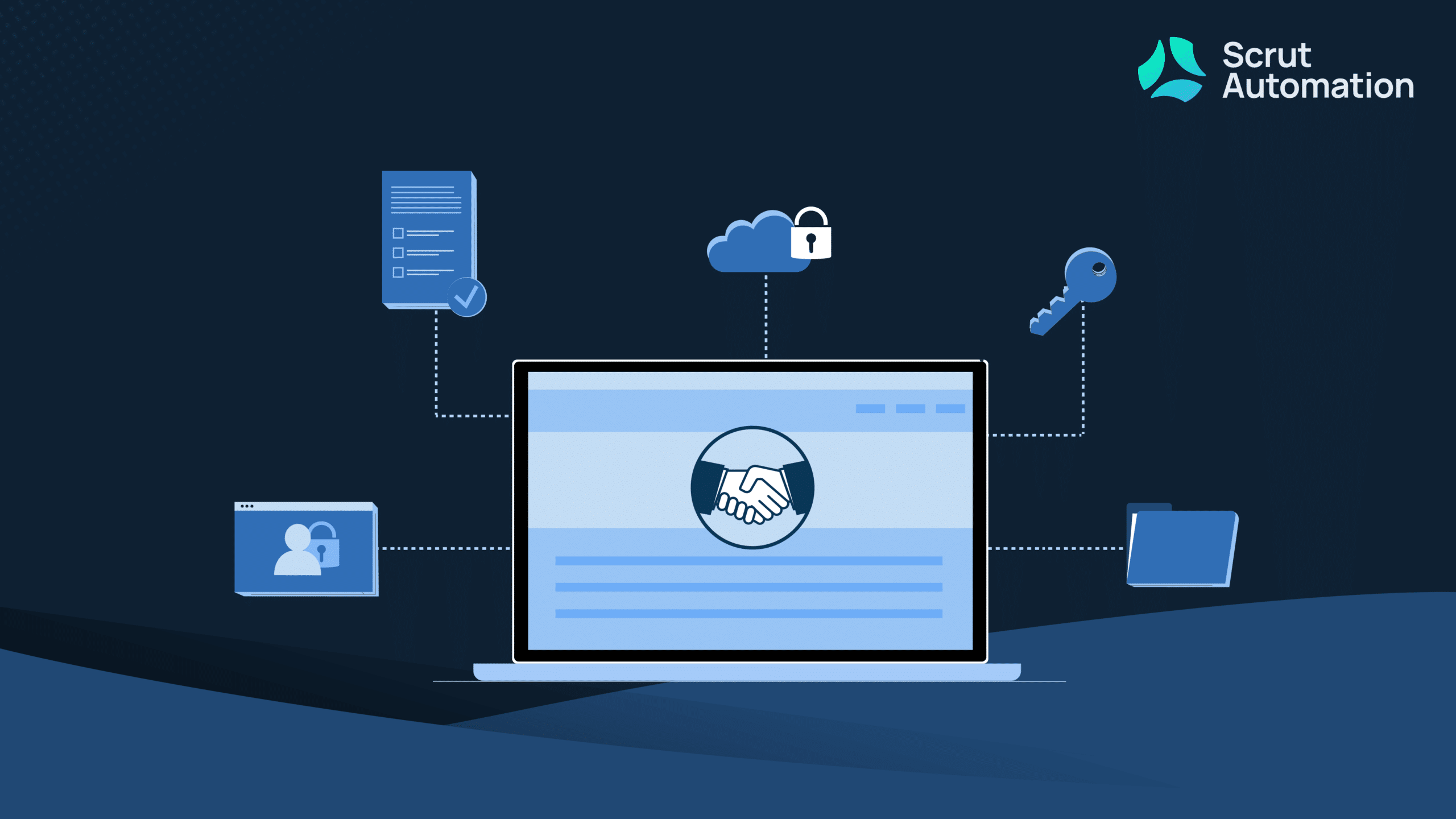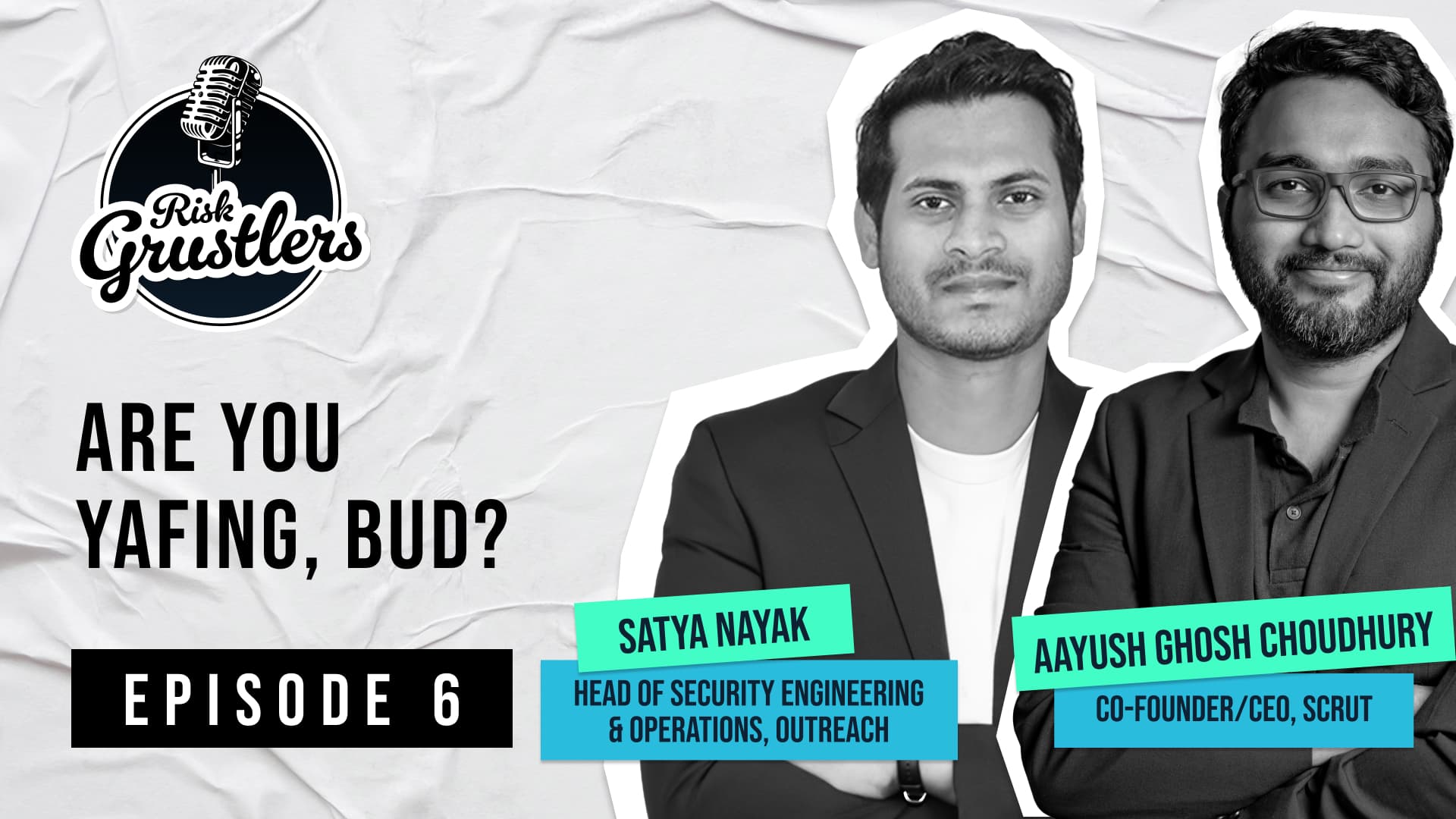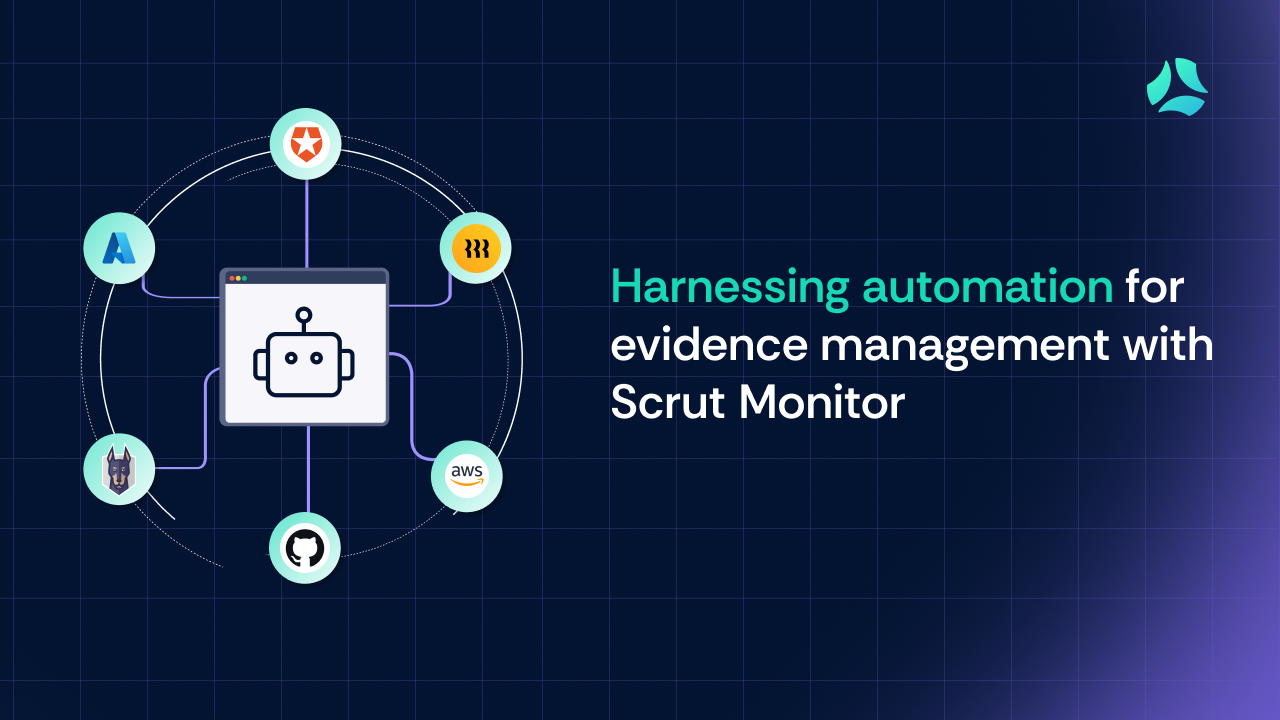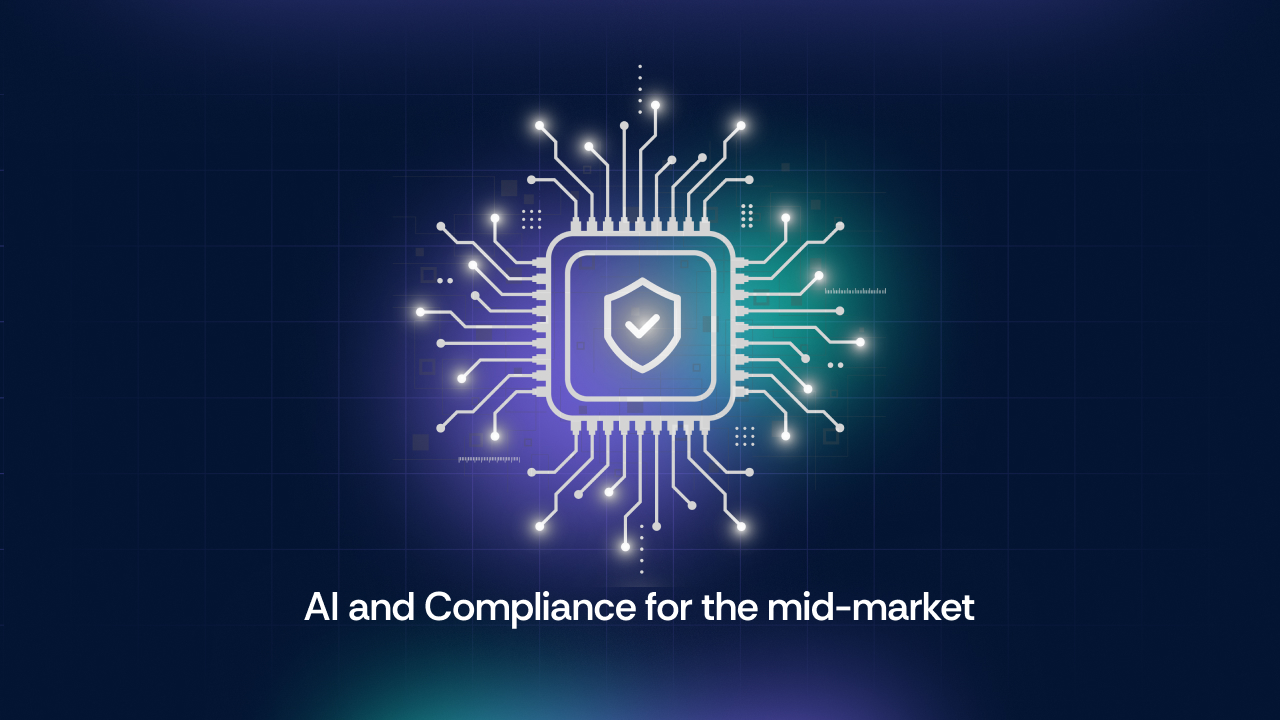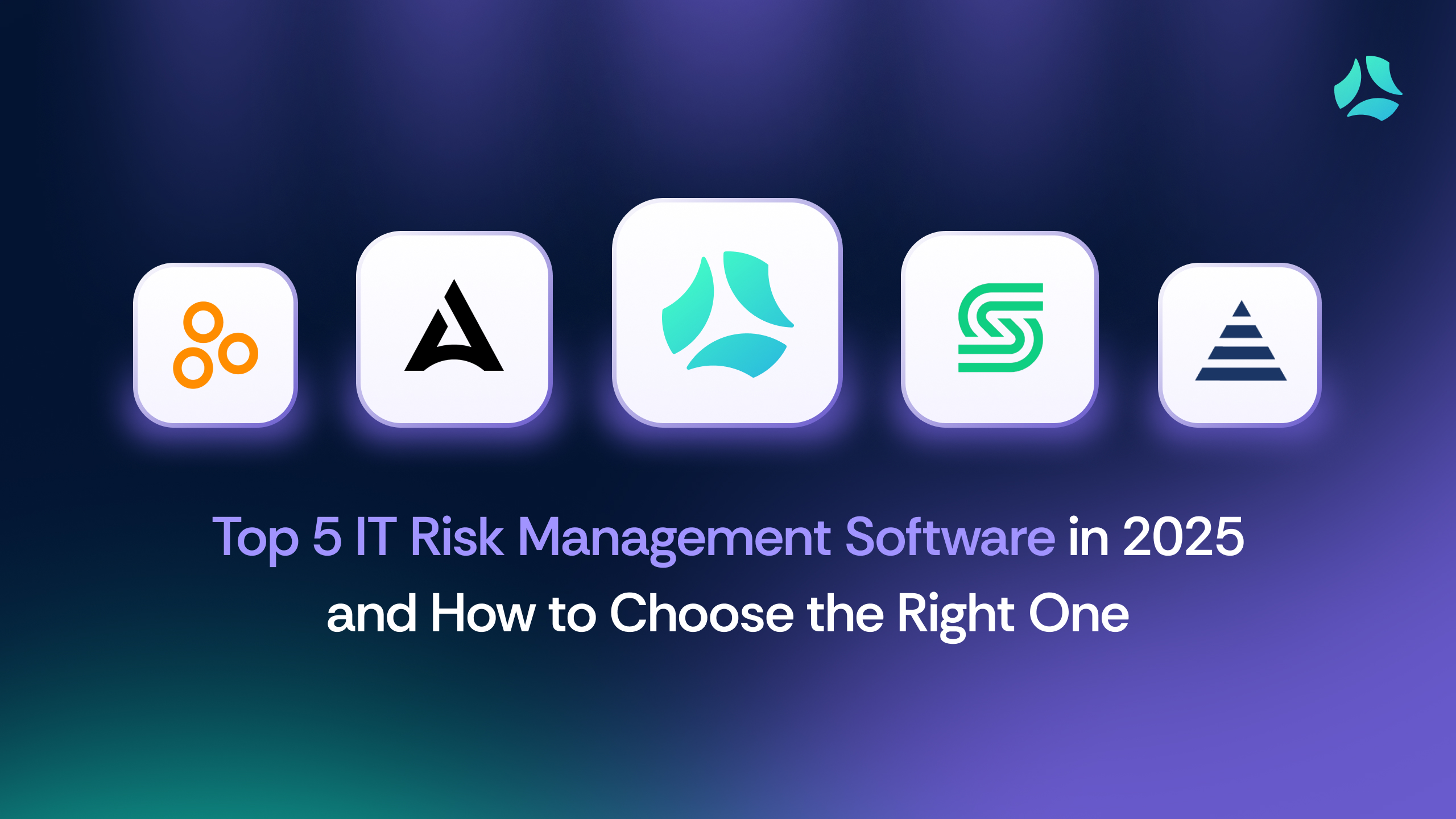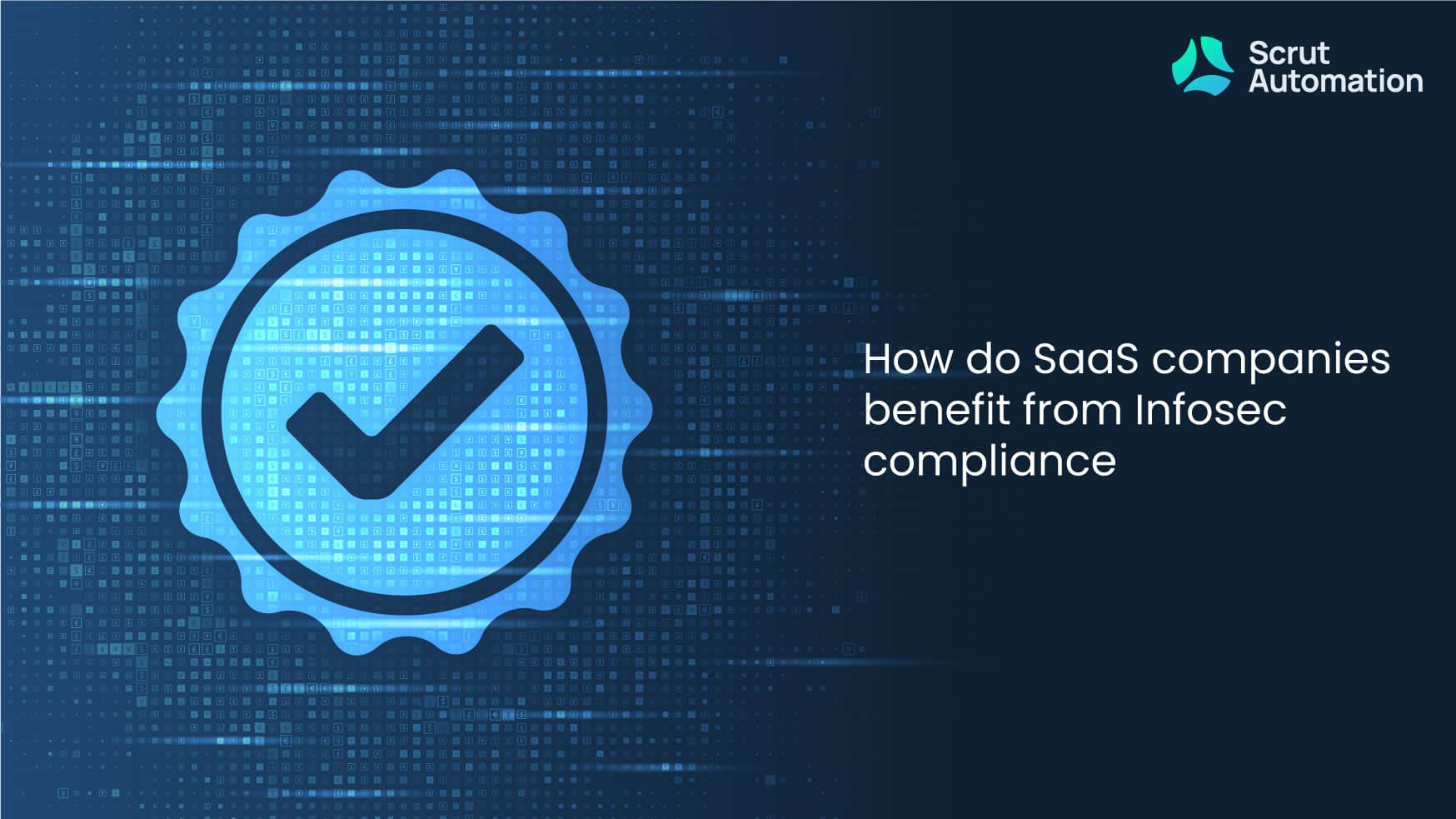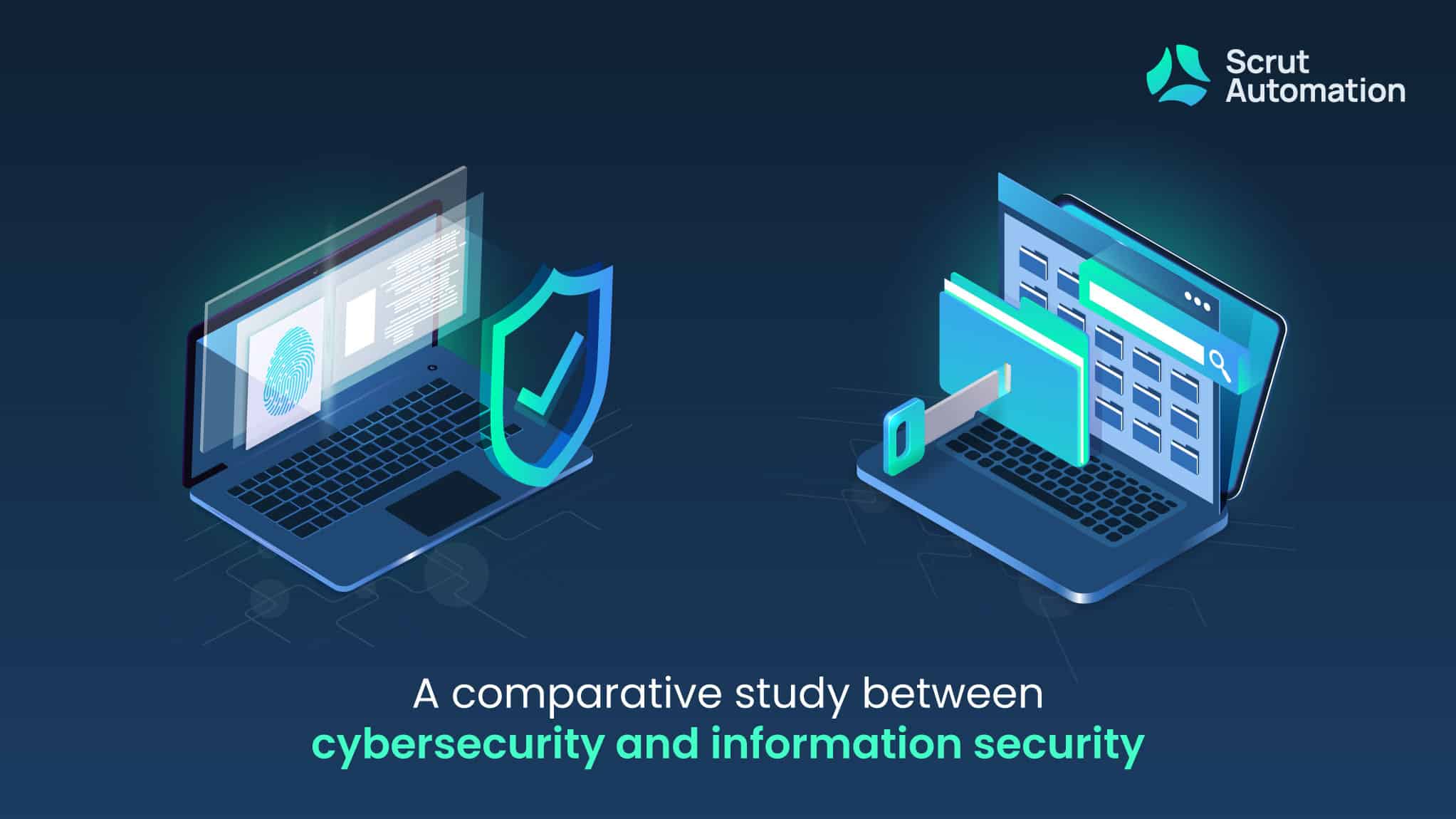An extensive compliance audit requires you to check certain boxes, but does that directly translate into understanding your organization’s security policies? Not necessarily so.
While certification in the relevant security frameworks is crucial, becoming a secure business demands going much further. After all, certification does not guarantee security. And every industry is vulnerable to new dangers every day. Simply put, security compliance encompasses everything a firm undertakes to secure its assets and fulfill security standards and requirements.
A robust security program is created by a combination of security and compliance, resulting in what we understand as security compliance. This article will break down the components and enrich you with ideas on how to keep your business secure while meeting regulatory requirements.
IT security: Definition and components
All activities and efforts to protect an organization’s data and information are grouped under IT security. IT security includes programs that are developed to prevent assaults on the infrastructure and data of the organization as well as to respond to incidents instantly so that no significant harm occurs to the organization.
Security isn’t a one-off process as with the development of evolving security practices; hackers have been increasing their efforts too. Tackling the continuous advancement of threats means having a regular monitoring system in place to overlook security breaches.
Compliance: Definition and components
Compliance refers to the safeguards put in place by a company to appease a third party, such as the government, industry, certifying body, or customers. Most third parties require government policies, security certifications, established industry frameworks, and regulated contracts. You will be fined if you fail to comply with specified norms and rules. This frequently takes the form of hefty fines, which is why many firms put everything on hold in order to prepare for audits.
Differences between infosec compliance and IT security
Compliance does not guarantee safety. Even if a firm complies with all legislative and industry requirements mentioned in a compliance framework, it can still be exposed to cyber-attacks.
There are certain key areas where both compliance and security differ. These are as follows;
- Enforcement: A third party enforces compliance on an organization, primarily to regulate industry standards. On the other hand, security is often practiced by the organization for its benefit.
- Motivation: The fundamental reason for compliance activities is to avoid penalties. Nobody likes to get fined a lot of money. Security measures are put in place to safeguard an organization’s most valuable assets: data, money, and intellectual property.
- Nature of evolution: Compliance is relatively stable. While frameworks are updated, they are not updated daily as new risks develop. Security measures, on the other hand, need to evolve in tandem with threats regularly.
Click here to know more about the differences between security and compliance.
Commonalities between infosec compliance and IT security
While both security and compliance have their differences, they also have various commonalities that overlap. Here are a few ways both safety and observation come together:
- Risk reduction: Compliance gives you the fundamental security measures required by your sector or the government. Security-mindedness fills in the remaining security vulnerabilities, lowering the chance of being hacked even more.
- Enhance reputation: Customers and vendors are both attracted to companies that will secure their data. Robust security protocols and compliance certifications indicate that your firm will treat its stakeholders well.
- Applicable to third parties: Security and compliance both go beyond the boundaries of the organization and is relevant to vendors, stakeholders, and other third parties as well, making it beneficial for growth.
Benefits of combining security and compliance
Until now, we’ve understood that security and compliance are separate entities with differences and similarities. However, there is undeniable truth in the fact that both of these can serve as two sides of the same coin. Even though compliance is a third-party regulated process, it does serve a practical purpose in terms of an organization’s security.
Codifying cybersecurity procedures can assist in locating and repairing holes in current security systems. Making the decision to become compliant is an excellent business move since it shows stakeholders that you are equipped to protect their data.
Here are some benefits that come with creating a steadfast security compliance program.
1. Avoiding penalties
If your organization works closely with data security or is involved in collecting personal information from clients, there are specific regulations that must be followed. Any gaps in following these regulations can be heavily fined. GDPR, one of the security laws in Europe, has penalized several companies for not complying with the mandatory data protection rules. A strong security compliance program will ensure that you would no longer be at risk of paying penalties.
2. Prevention of data breaches
Organizations in any industry, be it B2B or healthcare, can fall prey to breaches and attacks. Cybercriminals have a reason to attack as long as organizations have data saved on their systems. One way you can keep them out is with a robust security compliance program. Hackers are deterred from targeting your firm and compromising sensitive information by adequate security and compliance procedures.
3. Enhancing organization’s reputation
Security failures indicate that a company is not devoted to protecting the data of its consumers. Rebuilding trust is laborious work and is not always successful. Given how quickly information can travel around the globe, security compliance is more critical than ever to preserve the confidence of suppliers, clients, and consumers.
4. Creating defined data management programs
Security compliance might push organizations to create elaborate security programs, but it is not necessarily a negative attribute since it provides organizations with defined data management capabilities.
5. Positive internal and external relations
An organizational commitment to security is appealing to both workers and external parties. By going beyond legal compliance and making security a vital element of your corporate identity, you’re expressing that you appreciate your consumers and cherish honesty. This identity will allow you to form collaborations with firms that prioritize security, reducing risk and eventually putting you in good company.
6. Checklist for a good security compliance strategy
If your organization is planning to create a security program that effectively contributes to compliance strategy, then there are some pointers you must consider. This checklist provides you with tips on how to keep your organization secure while meeting compliance regulations.
7. Include all departments in your compliance plan
The most common mistake made by an organization when planning for compliance is to not consider all departments. Make a strategy with HR, IT, compliance, and top management before adopting a security compliance program to ensure everyone is clear. This strategy should outline the standards you are required to meet and how you intend to meet them.
8. Continuously monitor for changes
Monitoring only the systems that fall under the requirements of a compliance framework is another mistake most organizations are bound to make. Even when security threats feel far-fetched, you must continue monitoring real threats to avoid being a prime target for cyber attacks.
9. Use audit logs
While auditing is sometimes required for compliance with specific security standards, auditing is basically pointless unless your firm maintains audit logs. Audit logs are historical records of activities inside an IT system. Audit logs can also be monitored internally to identify unusual behavior and improve security, in addition to providing evidence to confirm compliance with industry laws.
10. Grant only essential privileges
According to the concepts of least privilege and most minor functionality, users and programs should only be provided with necessary privileges. As workers develop in their careers, it’s critical to find a balance between offering more rights and securing the routes through which hackers may penetrate.
11. Divide duties and functions
Most organizational procedures require teamwork to be successful, and this is also true for security management. The division of roles and system functions entails breaking down an essential operation into multiple tasks that must be accomplished by different people. Segregation reduces the chances of exposure to threats.
12. Update software regularly
Cybercriminals are infamous for targeting businesses that do not regularly update their software. New risks emerge on a regular basis, and they are most frequent in software that has not been updated to the most recent version. Stay up to date on fixes to become compliant and protect your assets.
13. Implement a clear risk management plan
Meeting industry standards is just the beginning of staying compliant. If you want to prepare your organization for an attack, you need to have a robust risk management plan in place. This strategy should contain your organization’s current vulnerabilities, how to detect threats and a recovery mechanism in the event that a breach occurs.
14. Utilize automated tools
Security compliance is indeed difficult and time-consuming. With so many bases to cover, it’s tough to avoid blunders and moments of neglect. Rather than manually assuring compliance, try automating it with the correct tools so you can cover all necessary areas.
Closing thoughts
Overall, through this article, we have understood that security compliance is a combined program that works on both facets simultaneously. Despite their differences, security and compliance can come together in a mutually beneficial system to provide your organization with a secure way to meet regulatory requirements.
Scrut Automation is an innovative and radically simple governance, risk, and compliance automation platform for growing startups and mid-market enterprises. With Scrut, compliance teams can reduce ~70% of their manual effort in continuously maintaining compliance towards SOC 2, ISO 27001, GDPR, PCI DSS, HIPAA, and CCPA. Schedule your demo today to see how it works.
